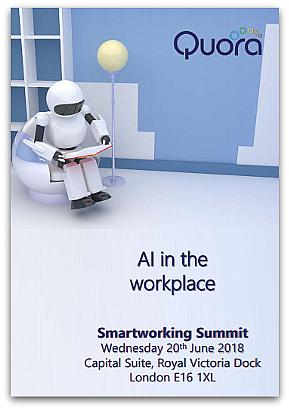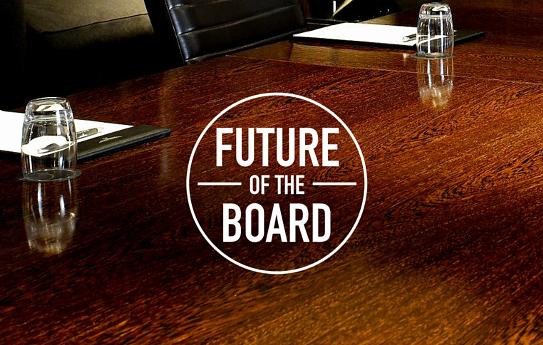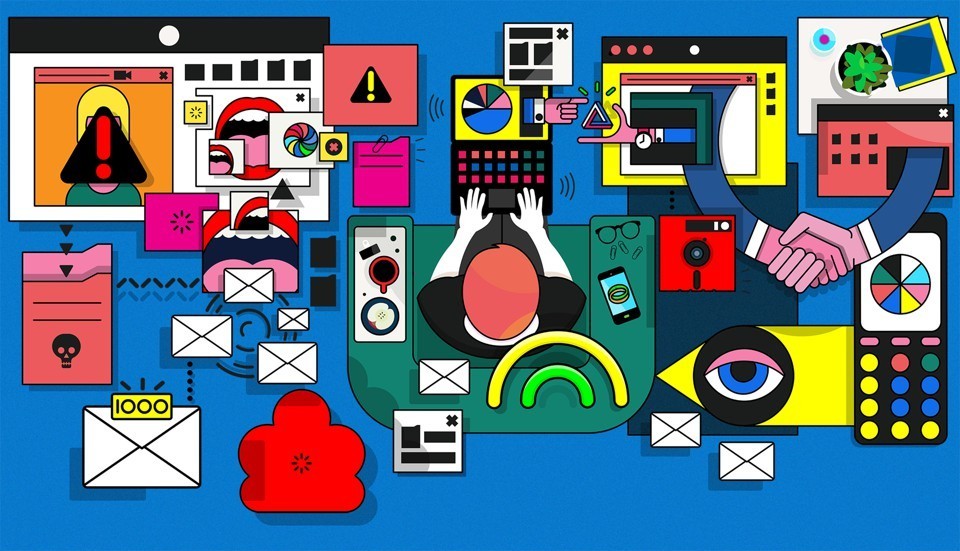From Stockholm to Singapore, and places in between, I’ve come to see the rapidly growing global trade in services as part of the international opportunity set for investors. The tremendous expansion of the internet globally really drives this trend.
For example, inexpensive, high-quality telecoms make customer service centers available at any time of day, while online entertainment almost instantly spreads the latest music video or TV series instantly over computers or phone screens around the world.
More importantly, technology allows new ways to trade services. For example, technology is becoming more embedded in goods; think electronics that run everything from cameras to cars to kitchen appliances. This means that services such as research and development (R&D), engineering, sales, and marketing can increase sales across borders.
Trade is just as important as ever, but the composition of trade is changing.
Trade is still creating jobs, profits, and investment opportunities, but services trade is growing faster than goods trade. Investors who want to take advantage of this trend may need to be more selective and focus especially on the U.S. and, next, China, India, and increasingly Southeast Asia.
This geographical selectivity potentially oVers investors a strong advantage that investments in the rest of the world likely will struggle to match over the coming decade. What’s more, these geographic preferences align well with recent additions we made to our strategic allocations in U.S. Large Cap and Emerging Market equities.
Many of the S&P 500 Index sectors that we expect to outperform in a post-pandemic world, such as those focused on technological innovation already have some of the largest weights in the Index. Most notable are Information Technology, and Consumer Discretionary and Health Care. A more cyclically oriented sector, such as Industrials, also may benefit.
And there are other trends at work: The pandemic has resulted in what I to call “the Big Rethink”.
Broken supply chains, a realization that some overseas industrial supply chains are more strategically important and more vulnerable than we had thought, and the politics of pandemic are leading to a reassessment of
goods trade across the globe. The U.S. and Europe have identiAed critical industries, for example, those providing basic health care supplies such as cotton swabs and personal protective gear that need to stay closer to home.
Moreover, as U.S.-China competition heats up the political rhetoric, China has prioritized national self-su\ciency for its technology and consumer goods needs. As a result, the share of global trade in manufacturing output has been shrinking and we are seeing a rise in local or regional production and trade networks.







 RSS Feed
RSS Feed
